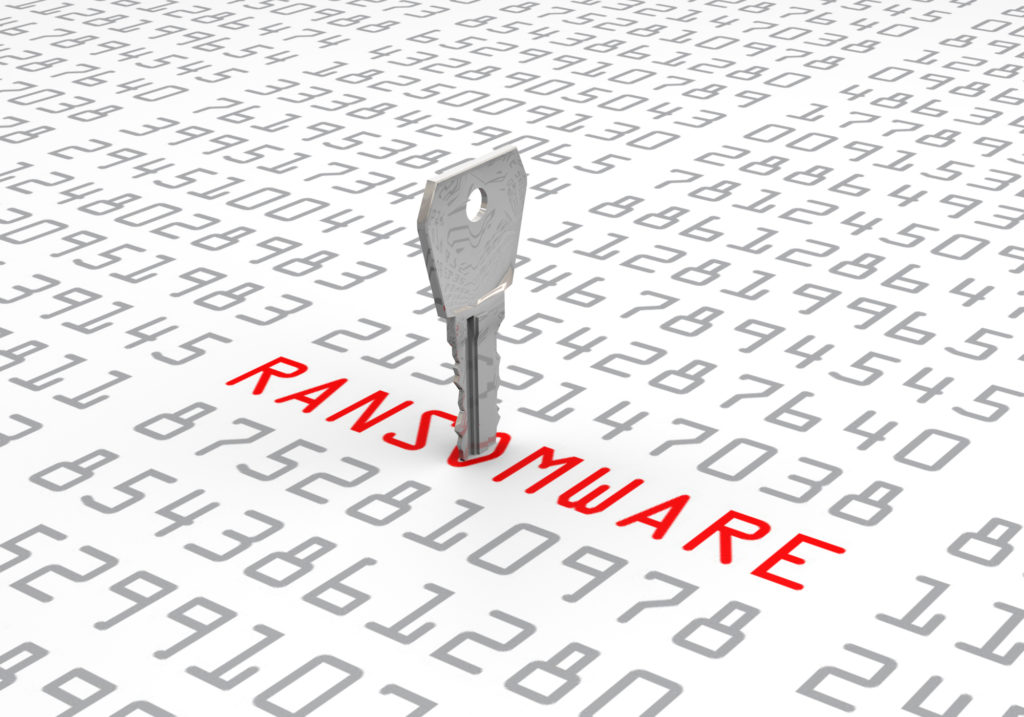
Even though the first significant uptick in ransomware attacks began over three years ago, a steady increase in frequency and severity has likely now made ransomware exploits the number one security threat faced by most businesses today. McAfee places the ransomware growth rate for the last quarter at 118%. Many smaller businesses were previously on notice but chose to ignore the warning signs. Thankfully, after the 2017 ransomware attacks unleashed by the Wannacry strain of Cryptolocker, some companies did address ransomware risk by implementing better employee training while others decided to upgrade legacy software and initiate offsite backups.
Those who did not adequately address this risk, however, are now facing much larger extortion demands. Also, the risk landscape has changed dramatically over the past several years with ransomware becoming an equal opportunity attack that will now target local governments as well as dental offices. Indeed, even first grade students are now being impacted by network security intrusions that not too long ago only previously targeted only large universities.
Despite the recent public trend of paying these extortion demands, the FBI has long advocated not paying a ransom in response to a ransomware attack. Specifically, the FBI has said: “Paying a ransom doesn’t guarantee an organization that it will get its data back—we’ve seen cases where organizations never got a decryption key after having paid the ransom. Paying a ransom not only emboldens current cyber criminals to target more organizations, it also offers an incentive for other criminals to get involved in this type of illegal activity. And finally, by paying a ransom, an organization might inadvertently be funding other illicit activity associated with criminals.”
Another result of this increase in activity has been an increase in insurance purchased to cover an extortion demand as well as the related expenses incurred during a ransomware attack. For example, the City of Baltimore may soon approve spending $835,000 for $20 million in coverage but only because it previously sustained a ransomware attack that set it back over $18 million.
In fact, some have argued that by having insurance for this exposure the industry itself is actually at the root of increased ransomware activity. Those in the security industry correctly point out that what drives these actors turns more on quick conversion rates rather than whether an insurer stands behind a victim. To suggest the insurance industry is the cause of this problem gives threat actors way too much credit while completely ignoring the benefits derived from the cyber insurance underwriting process.
In the same way it is never too late to go back to school, it is never too late to begin importing a more robust security and privacy profile into an organization – which is the only real way to diminish the risk of a ransomware attack. As suggested in 2016: “Given the serious threat of ransomware, businesses large and small are reminded to at least do the basics – train staff regarding email and social media policies, implement minimum IT security protocols, regularly backup data, plan for disaster, and regularly test your plans.”